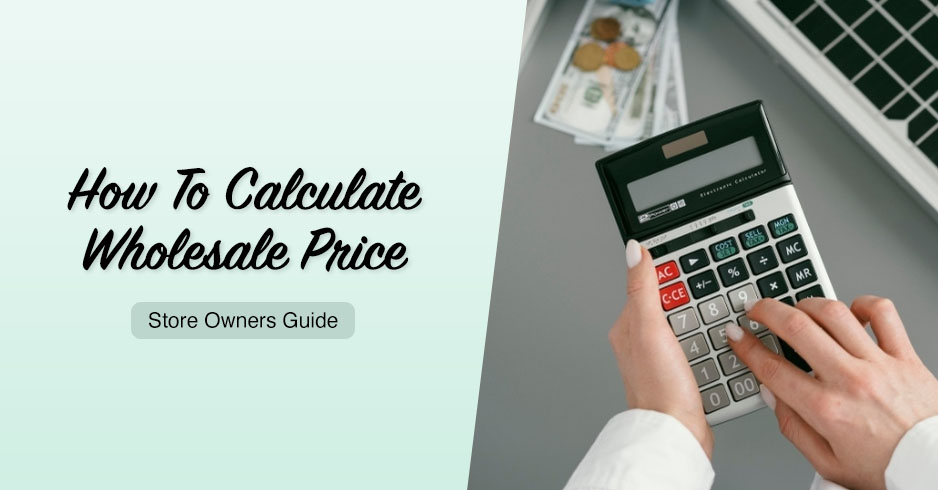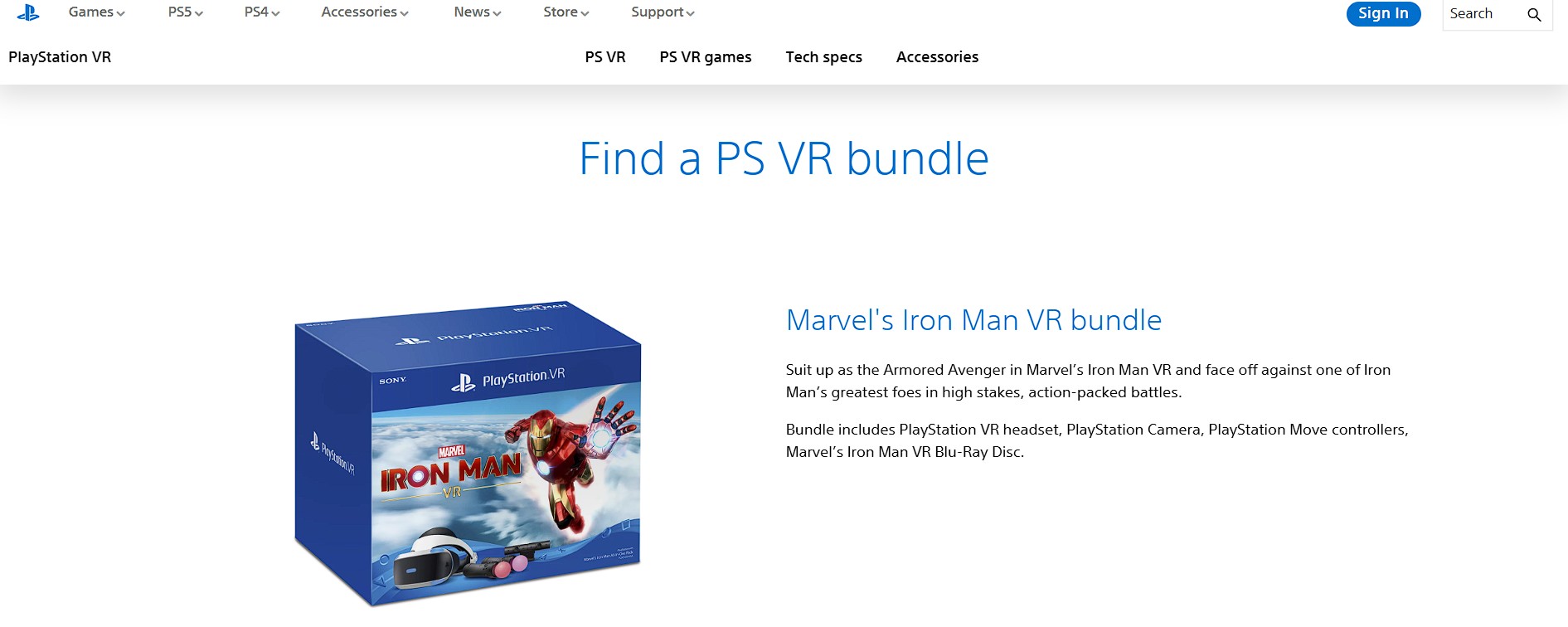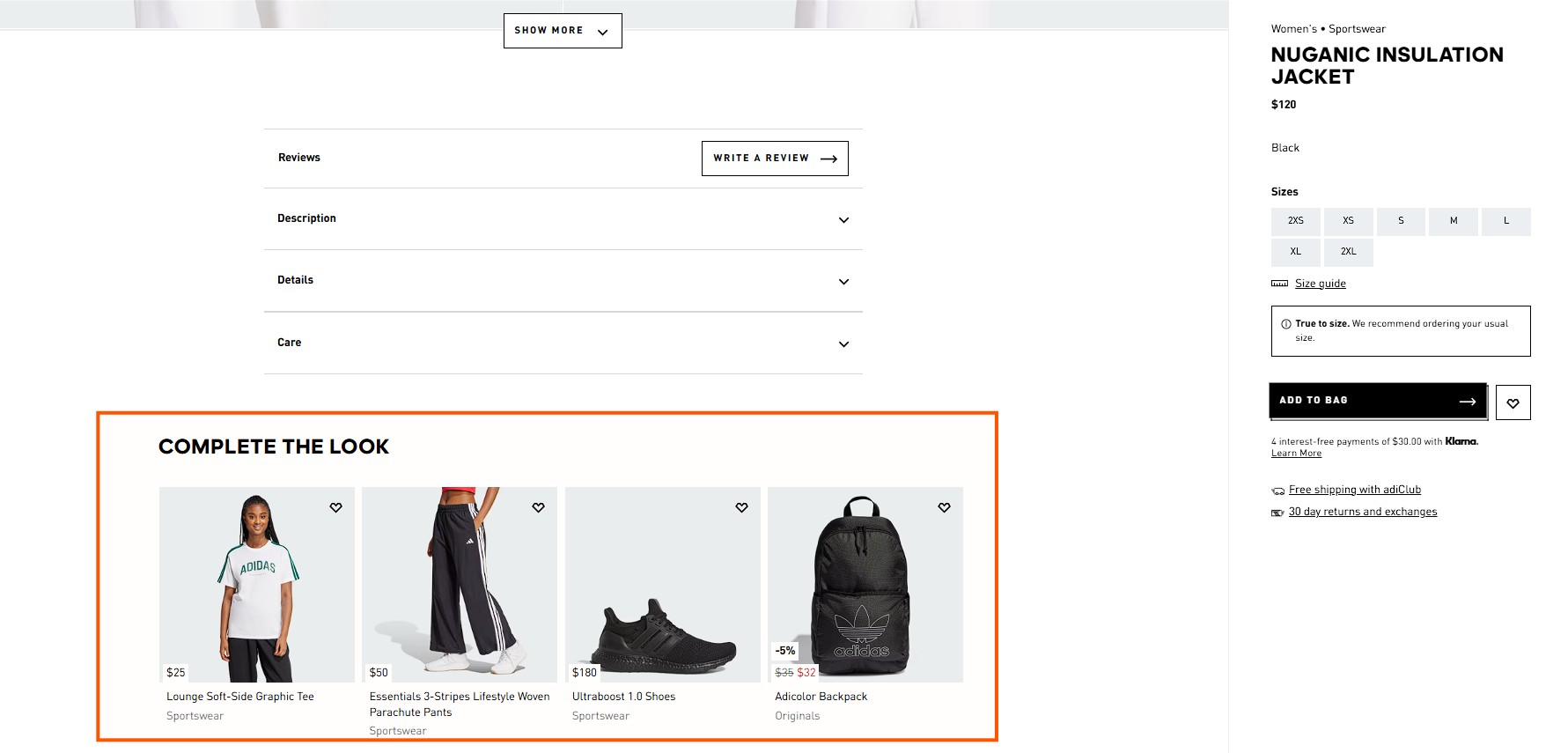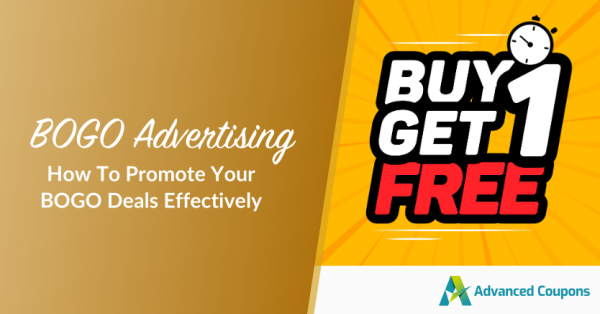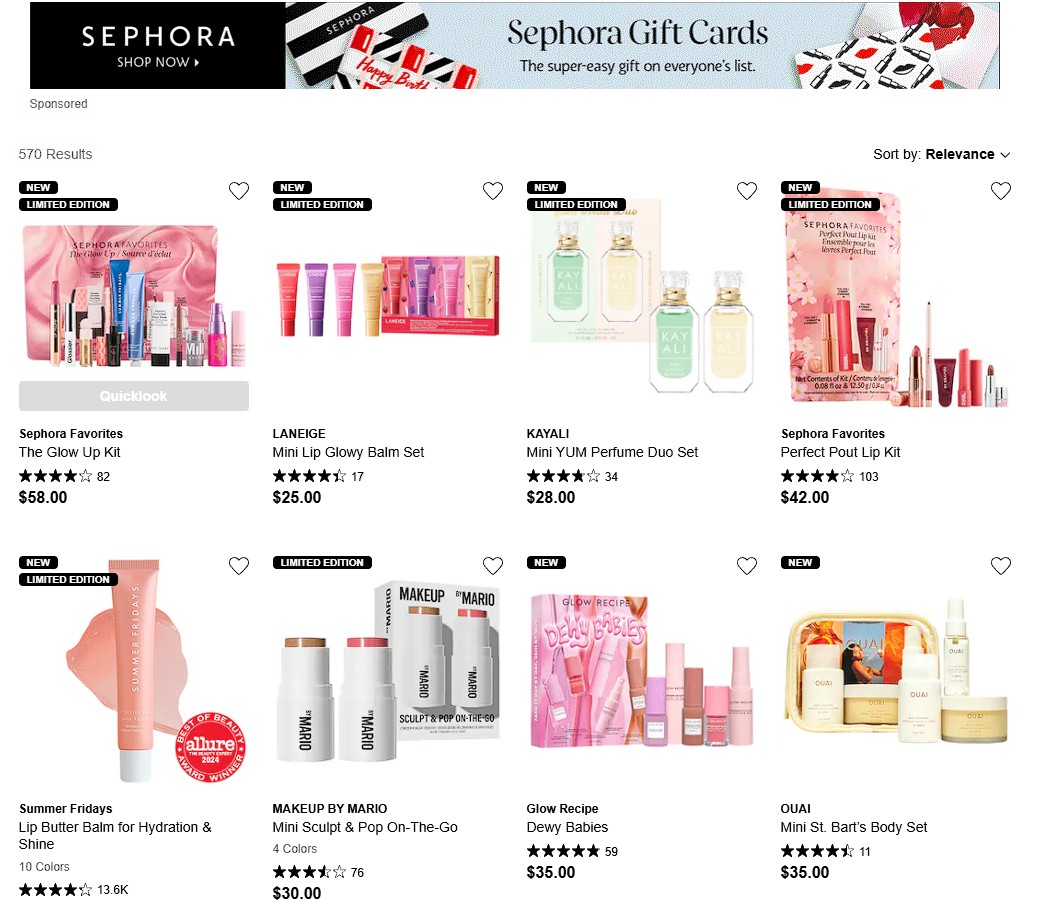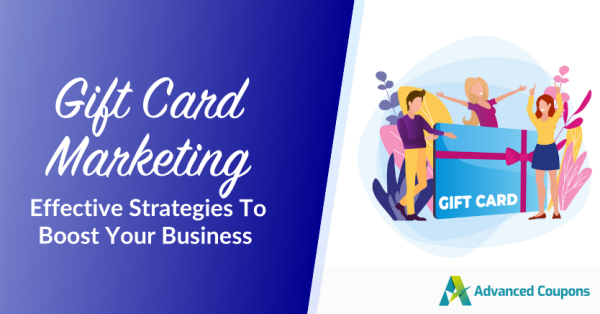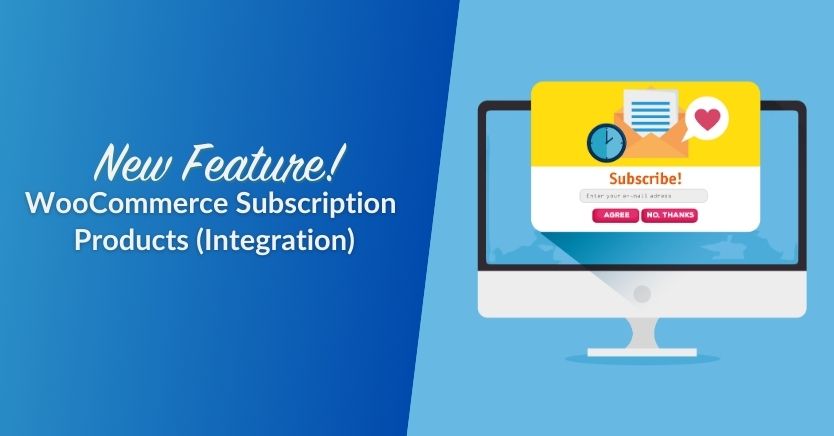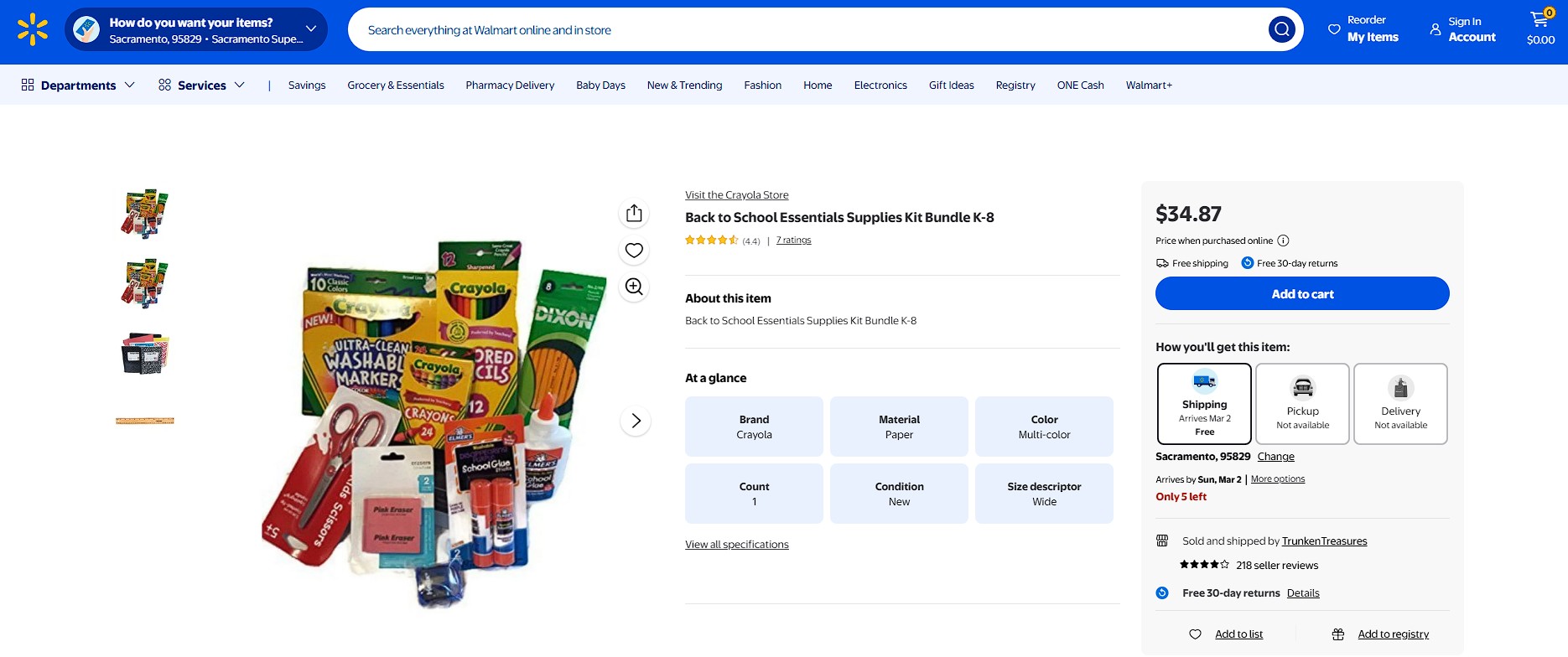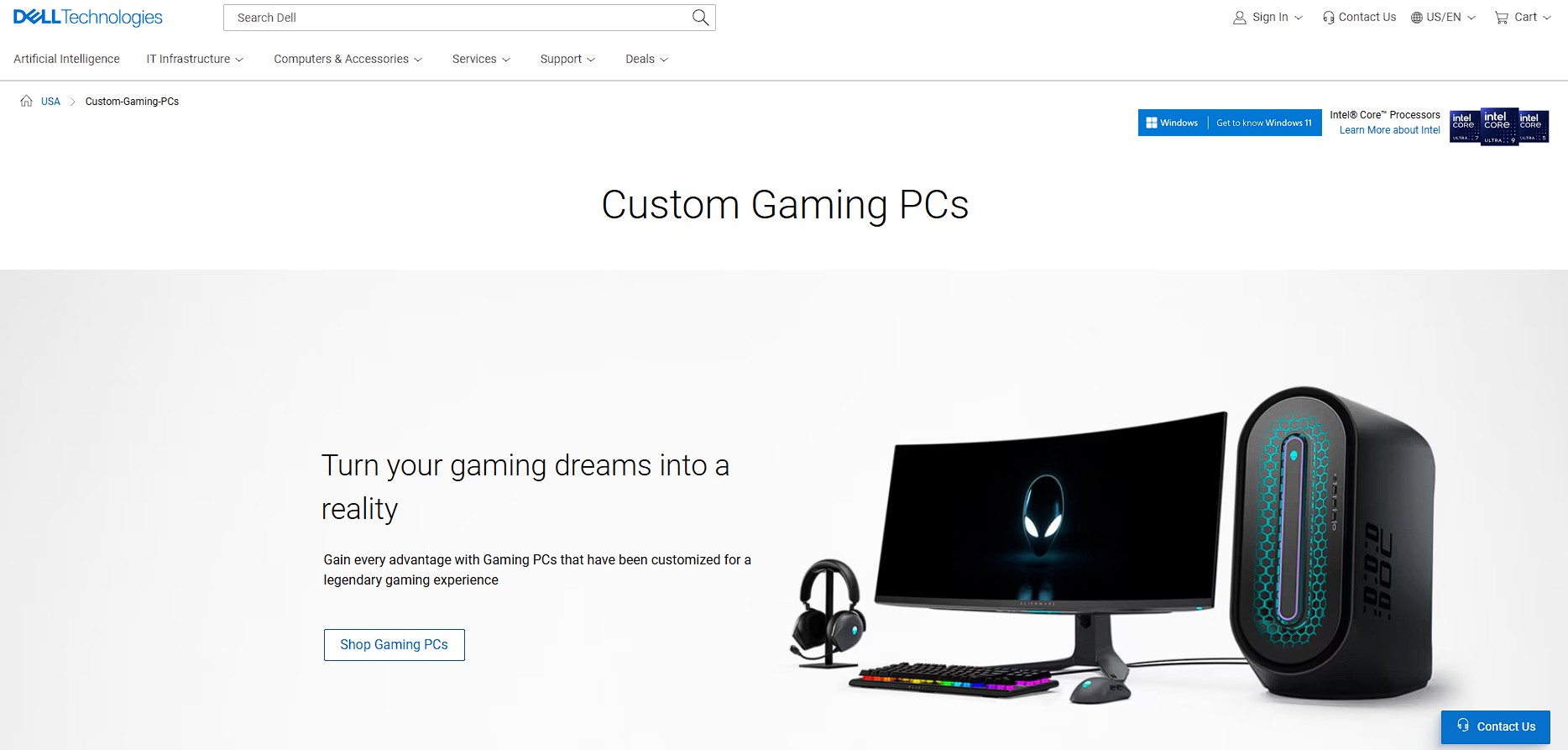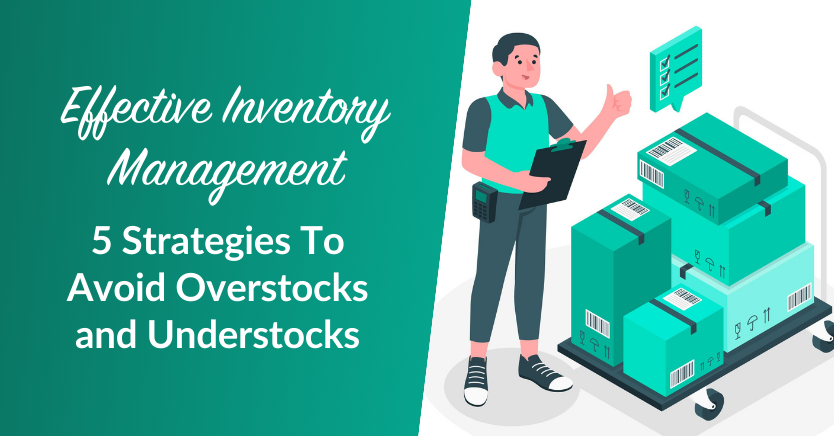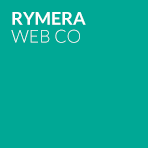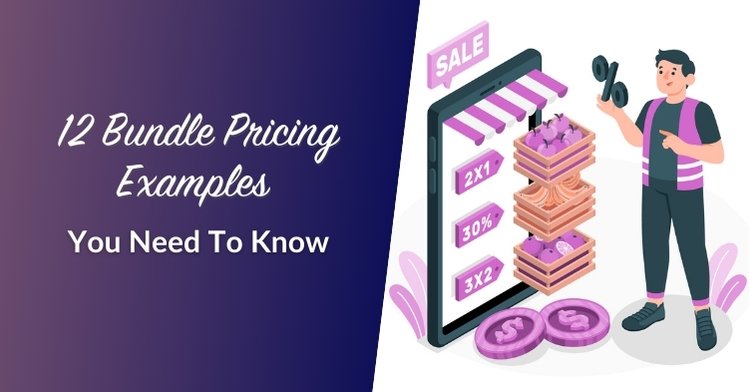
If you have ever been tempted by a “buy more, save more” deal, you have seen bundle pricing examples in action. This pricing strategy is popular across many industries because it encourages customers to spend more while feeling like they are getting a good deal. Whether you run a WooCommerce store or a brick-and-mortar shop, bundle pricing can be a great way to increase sales, move inventory, and keep customers coming back.
In this guide, we will discuss different types of product bundling and explore great ideas for your store.
Ready? Let’s go!
What Is Bundle Pricing Strategy?
Bundle pricing strategy is when a business groups multiple products together and sells them at a lower price than if each item were purchased separately. This approach is effective because it provides customers with a sense of greater value while simultaneously increasing overall sales for the business. By encouraging customers to purchase multiple items at once, businesses can move more products quickly and improve profit margins, even if individual product prices are reduced within the bundle.
One of the most recognizable examples of bundle pricing comes from the fast-food industry. Burger King offers value meal bundles that include a burger, fries, and a drink at a discounted price compared to purchasing each item separately. This type of bundling encourages customers to buy a full meal rather than just a single item. Fast-food chains rely heavily on this approach to maximize revenue per customer visit, as it reduces the decision-making process and promotes higher spending.
Beyond fast food, many other industries leverage bundle pricing strategy to enhance customer experience and boost sales. In retail, for example, clothing brands like H&M or Uniqlo often bundle complementary apparel items such as shirts and trousers into promotional offers. Meanwhile, e-commerce giants like Amazon frequently suggest bundle deals by offering discounts when customers purchase related products, such as a laptop with a case and a wireless mouse.
Now, let us look at specific bundle pricing examples and different ways businesses apply them to increase revenue.
Product Bundling Examples And Their Types
There are many ways to bundle products together, each with its own benefits. Here are some of the most common types of product bundle pricing strategies that businesses use.
1. Pure bundling
Pure bundling is one of bundle pricing examples where products are only sold together and not available individually. This strategy works well when a business wants to increase demand for specific products by tying them to bestsellers.
For example, gaming consoles often come with a pre-installed game. Customers cannot buy the console without the game, which makes the bundle more valuable while making sure that software sales go up alongside hardware purchases. A well-known example is Sony’s PlayStation bundles, which include exclusive games and accessories. Similarly, Microsoft’s Xbox often comes with pre-loaded games that encourage customers to use the system more.
Another great example is meal subscription services like HelloFresh or Blue Apron. These companies provide meal kits that come with pre-measured ingredients and recipes, and customers cannot buy individual ingredients separately.
2. Mixed bundling
Our second bundling pricing example is called mixed bundling. This allows customers to buy products separately or as a bundle at a discounted rate. This is one of the most common bundling strategies because it offers flexibility while still encouraging larger purchases.
A great example of this is meal combos at fast-food restaurants like McDonald’s, or the previous example we had for Burger King. Customers can buy a burger, fries, and a drink separately, but they save money when buying the whole meal together. Similarly, Starbucks offers coffee and pastry bundles, which makes it more attractive for customers to grab both items.
Another example is electronics retailers such as Best Buy, which offers mixed bundling by allowing customers to purchase a laptop along with a discounted mouse and keyboard. This lets customers choose what fits their needs while still incentivizing them to buy more.
3. Price bundling
Price bundling is one of bundle pricing examples where it combines multiple products and sells them together at a special price. This is often seen in seasonal promotions and special offers.
For instance, Apple often bundles AirPods or accessories with iPads or MacBooks during special promotions. This encourages customers to buy everything at once rather than purchasing items separately later. When buying MacBook bundles, users also tend to look for other practical solutions that help their device run cooler and perform better during work or study.
Another common example is cable and internet service providers such as Comcast or AT&T, which bundle internet, TV, and phone services for a single price. This bundling strategy locks customers into long-term contracts while offering them a discount.
4. Cross-sell bundling
Cross-sell bundling is one of bundle pricing examples that involves pairing related products together to encourage additional purchases. This is a great way to promote complementary items.
A good example is Amazon’s “Frequently Bought Together” feature, where a laptop might be paired with a carrying case and a wireless mouse. The bundle makes sense because the products complement each other, which makes it easier for the customer to purchase all necessary accessories at once.
Likewise, fashion brands like Adidas and Nike often bundle socks or caps with sneakers at checkout to encourage additional purchases.
5. Upsell bundling
Upsell bundling is one of the bundle pricing examples that encourages customers to purchase a higher-value package instead of just the base product. This works well when offering premium options.
For instance, Microsoft Office offers a basic version of its software suite, but customers are encouraged to upgrade to Office 365, which includes additional features such as cloud storage and advanced security tools.
Similarly, streaming services like Netflix and Disney+ offer premium subscriptions with added perks such as ad-free viewing and extra content.
6. Buy one get one (BOGO) bundling
BOGO bundling is one of the most effective ways to attract customers here in our bundle pricing examples. It offers a second product for free or at a very discounted rate when buying one at full price.
For example, Nike frequently runs promotions such as “Buy One, Get One 50% Off” on select footwear. This makes customers feel like they are getting more for their money and encourages them to buy additional items.
Also, clothing stores like H&M and Zara also use BOGO deals to clear out inventory while rewarding customers.
If you want to know more about WooCommerce BOGO deals, you may read: BOGO Advertising: How To Promote Your BOGO Deals Effectively.
7. Buy more pay less bundling
Buy more pay less bundling is one of bundle pricing examples that rewards customers with better pricing when they purchase larger quantities.
A perfect example is Costco and Sam’s Club, where bulk purchases result in significant cost savings. These warehouse clubs operate on the idea that customers will buy in larger quantities to save money in the long run.
Many online retailers like Amazon also provide discounts for subscribing to regular deliveries of everyday essentials.
8. Gift set bundling
Gift set bundling is a popular strategy used by businesses to offer pre-packaged product combinations, often marketed as special occasion gifts. These bundles typically include items that complement each other, making them appealing for customers who want a ready-made gift solution.
For example, beauty and skincare brands like Sephora create holiday gift sets that bundle different makeup and skincare products into one package. These sets are typically sold at a lower price than if each item were purchased separately, which makes them an attractive option for gift buyers.
You may also read: Gift Card Marketing: 6 Effective Strategies To Boost Your Business.
9. Subscription bundling
Subscription bundling is one of the bundle pricing examples that offers multiple products or services together as part of a subscription plan.
For example, a coffee business could bundle a monthly coffee bean delivery, exclusive brewing guides, and discounts on accessories into a single subscription plan. This adds value for customers and encourages long-term subscriptions.
With Wholesale Prices Premium, you can offer subscription bundles to wholesale customers. For example, you can create a monthly wholesale membership that includes exclusive product discounts, free shipping, and priority access to new stock. This gives buyers a reason to commit to long-term purchases while making it easier to manage their supply needs.
To know more about product subscriptions, you may read: WooCommerce Subscription Products (Integration).
10. Seasonal bundling
Seasonal bundling ties product bundles to specific times of the year, such as holidays or summer promotions.
A common example is Back-to-School bundles, where retailers like Walmart sell packages that include notebooks, pencils, and backpacks at a discounted rate for students.
Likewise, retailers like Sephora and Ulta Beauty offer seasonal bundles that include makeup and skincare products packaged together during the holiday season.
11. Clearance bundling
Clearance bundling is one of the bundle pricing examples that helps businesses move excess stock by packaging slow-moving items together with popular ones.
For example, fashion retailers like H&M often create end-of-season bundles, offering past season’s clothing at reduced prices when bought in a set. This strategy helps clear out inventory while still making a profit.
12. DIY Bundling
DIY bundling is one of the bundle pricing examples that lets customers create their product bundles based on their preferences.
For example, Build-A-Bear Workshop allows customers to customize their stuffed animals by selecting accessories and outfits, creating a unique, personalized bundle.
Also, online stores like Dell allow customers to build their own PC bundles by selecting components, software, and accessories according to their needs.
Advantages Of Bundle Pricing
Increases sales volume
One of the biggest advantages of bundle pricing is that it increases sales volume. Since customers see bundled deals as a better value, they are more likely to purchase multiple products rather than just one. This helps businesses generate higher revenues in a shorter period.
Simplifies inventory management
Bundling helps businesses move slow-selling items by pairing them with popular products. This makes inventory management easier and reduces excess stock that might otherwise take up warehouse space.
You may also read: Effective Inventory Management: 5 Strategies To Avoid Overstocks and Understocks.
Encourages higher spending
Customers are more willing to spend extra if they feel they are getting a bargain. Instead of buying one product, they end up purchasing multiple items due to the discount that comes with the bundle.
Improves customer satisfaction
When customers feel like they are getting more for their money, they are more satisfied with their purchase. This leads to positive reviews and repeat business.
Reduces marketing costs
Promoting a bundled package instead of individual items can simplify marketing efforts. Instead of advertising multiple products separately, businesses can focus on promoting a single attractive offer.
Disadvantages Of Bundle Pricing
Customers may not want all items
One drawback of bundle pricing is that some customers may not need every item in the package. If they feel forced to buy items they do not want, they may abandon the purchase.
Possible lower profit margins
While bundling increases sales volume, businesses must ensure that they do not set the price too low. Over-discounting could lead to lower profit margins.
Requires careful planning
A successful bundling strategy requires businesses to choose the right products to pair together. Bundling unrelated items may not attract customers and could result in poor sales performance.
Frequently Asked Questions
What are some examples of bundle pricing?
Examples of bundle pricing can be found across various industries. Fast-food meal deals, such as McDonald’s Extra Value Meals, allow customers to purchase a burger, fries, and a drink at a lower cost than if bought separately. In the tech industry, companies like Adobe offer Creative Cloud bundles, which include Photoshop, Illustrator, and other software at a discount. Beauty brands, such as Sephora, frequently release holiday gift sets, bundling together skincare and makeup products at a lower price to encourage customers to purchase more.
What companies do bundle pricing?
Many major companies effectively use bundle pricing strategy to attract customers and increase sales. Apple often offers device trade-in deals and discounts on accessories when purchasing a MacBook or iPhone. Amazon promotes bundle deals by offering discounts when purchasing Kindle devices alongside e-books or Audible subscriptions. Streaming services like Netflix and Disney+ bundle additional features with premium plans, while fast-food giants like KFC and Subway create combo meals that offer better value than individual purchases.
What are examples of bundle services?
Bundle services are commonly found in the telecommunications and entertainment industries. Internet service providers like Comcast and AT&T bundle internet, cable TV, and phone services into one package, often at a discounted rate compared to purchasing each service separately. Mobile carriers such as Verizon and T-Mobile also offer family plans, where additional phone lines receive reduced pricing when bundled together. Subscription-based services, like Microsoft 365, include cloud storage, office software, and advanced security features in one convenient plan.
Why is bundle pricing effective?
Bundle pricing works because it encourages customers to buy more while feeling they are receiving a better deal. It simplifies decision-making, as customers do not need to compare individual product prices. By bundling products, businesses also increase the perceived value of their offerings, which makes customers more likely to complete their purchases. Additionally, bundle pricing helps businesses move excess inventory, boost revenue, and build brand loyalty by offering convenience and cost savings to consumers.
Takeaways
Bundle pricing examples show that businesses can use this pricing strategy to encourage larger purchases, improve customer satisfaction, and manage inventory better.
In this article, we discussed 12 bundle pricing examples:
- Pure bundling
- Mixed bundling
- Price bundling
- Cross-sell bundling
- Upsell bundling
- BOGO bundling
- Buy more pay less bundling
- Gift set bundling
- Subscription bundling
- Seasonal bundling
- Clearance bundling
- DIY bundling
By applying the right bundling strategy, businesses can maximize their sales potential and create a shopping experience that benefits both the customer and the store.
Do you have questions or other suggestions about these bundle pricing examples? Let us know in the comments!

